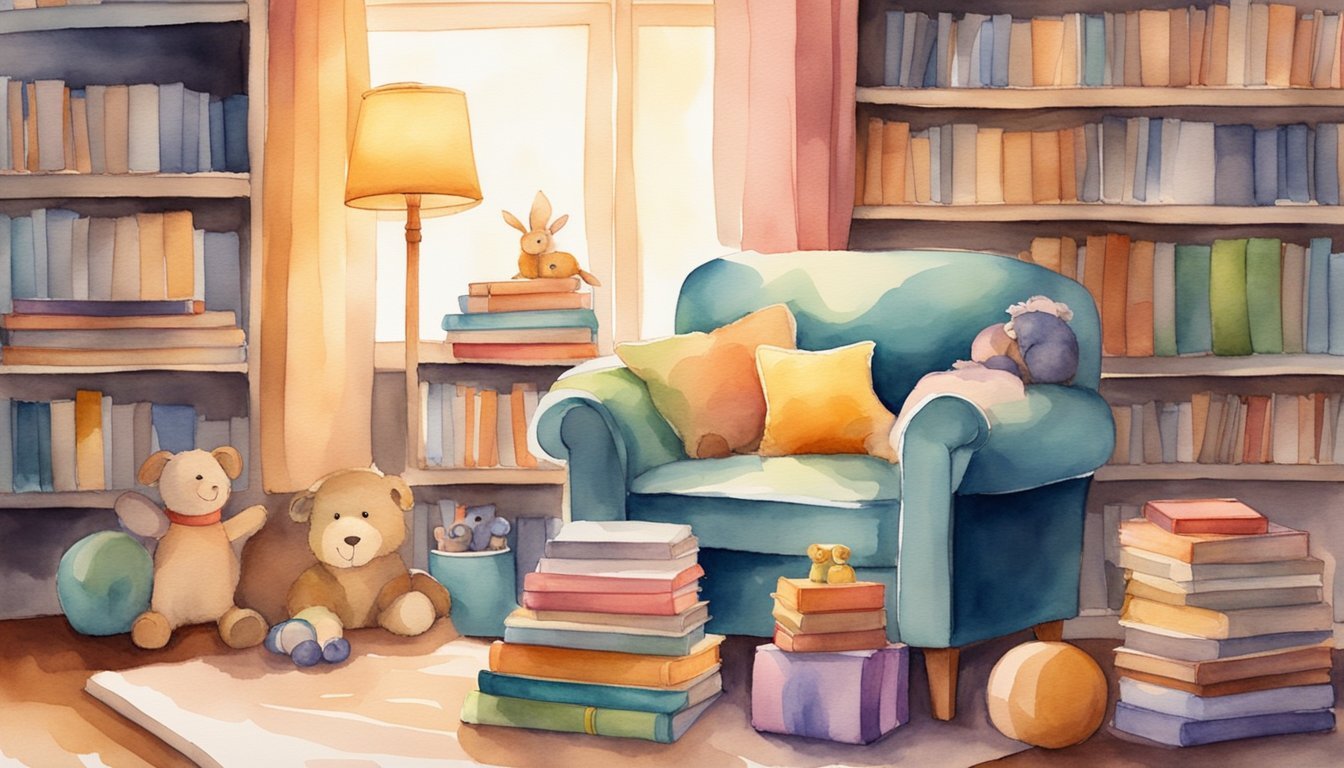Essentials of Children’s Literature

Exploring the essentials of children’s literature opens the door to worlds of adventure, lessons, and wonder that have engaged young readers for generations. This section focuses on the timeless works that have become bedrocks of children’s literature and highlights the authors who have played pivotal roles in shaping the ideal reading experience for children.
Historical Children’s Classics
A glance at the past reveals several historical children’s classics that continue to enchant young readers. For example, “Where the Wild Things Are” by Maurice Sendak invites children to the imaginative world of Max and the wild things, showcasing a journey of mischief and mastery over fears. Another everlasting classic is E.B. White’s “Charlotte’s Web,” a story that captures the heart with its themes of friendship, loss, and renewal.
| Book Title | Author | Award |
|---|---|---|
| Charlotte’s Web | E.B. White | Newbery Honor |
| The Snowy Day | Ezra Jack Keats | Caldecott Medal |
“The Snowy Day” by Ezra Jack Keats, recipient of the Caldecott Medal, remains a beloved staple with its beautiful depiction of a child’s wintry urban experience. These stories and others like them have established a firm foundation in the landscape of children’s literature.
Influential Children’s Book Authors
Renowned for their contributions, authors like Beatrix Potter and Dr. Seuss have become almost synonymous with children’s literature. Beatrix Potter’s “The Tale of Peter Rabbit” has brought the mischievous Peter and his garden escapades to children for over a century.
Children also continue to recite the distinctive rhymes of Dr. Seuss, whose “The Cat in the Hat” and “Green Eggs and Ham” are both works of linguistic playfulness and creative storytelling. The impact of these authors is perhaps best seen in the multitude of adaptations and continued relevance of their stories today.
| Author | Notable Work | Impact |
|---|---|---|
| Dr. Seuss | The Cat in the Hat | Linguistic creativity |
| Eric Carle | The Very Hungry Caterpillar | Illustrated nature storytelling |
Contemporary authors like Mo Willems contribute to the genre with characters that resonate with relatable emotions, as seen in the “Don’t Let the Pigeon Drive the Bus!” series. Such authors draw in young readers with humor, empathy, and a clear understanding of their audience’s curiosity. These creators have built upon the established classics, ensuring that children’s literature remains a dynamic and evolving field.
Diversity and Cultural Impact
The books children read play a fundamental role in shaping their understanding of the world and themselves. Stories reflecting a variety of cultures and experiences promote empathy and inclusivity from a young age.
Contemporary Favorites
Many contemporary children’s books serve as mirrors and windows, allowing young readers to see themselves and others in the stories they read. Titles like Goodnight Moon, a beloved classic, offer a soothing bedtime ritual that has transcended time. Meanwhile, other favorites include Chicka Chicka Boom Boom, with its rhythmic alphabet chase that celebrates language, and Corduroy, which tells the story of a bear’s longing for belonging.
Promoting Diversity in Children’s Books
Promoting diversity in literature for children means including a range of experiences in the pages of picture books and nonfiction. Books like The Snowy Day broke barriers by featuring African American protagonists, thereby fostering a love of reading rooted in representation. Current authors and illustrators, such as Vashti Harrison, continue this legacy by crafting works that embrace these differences, echoing the multicultural world we inhabit.

